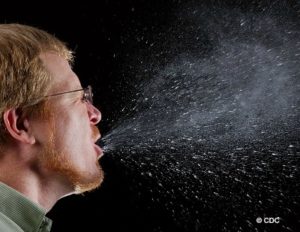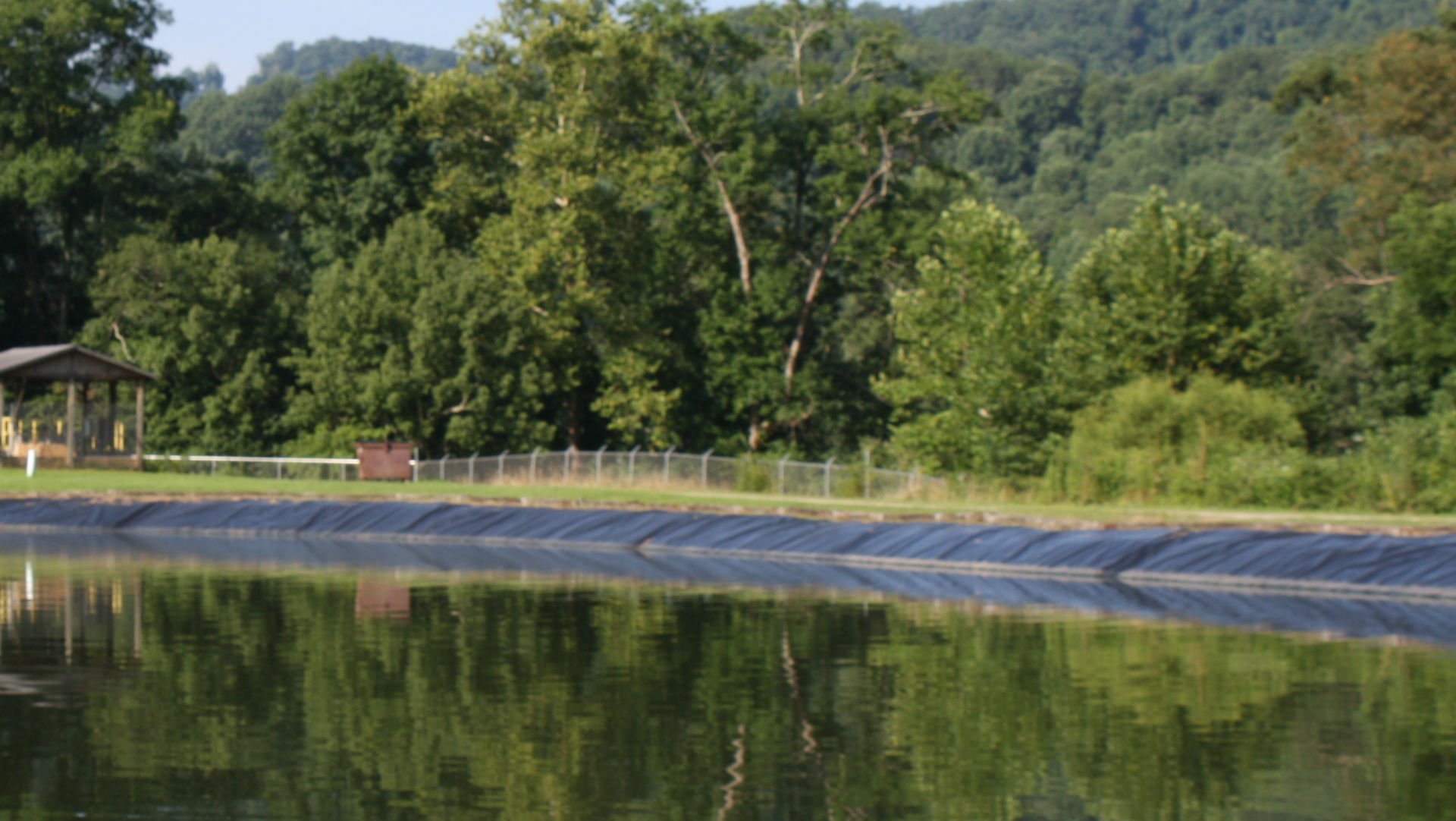 The CDC is calling this year’s flu season the worst since 2009, with the double-whammy of an especially deadly strain and a poor match by this year’s flu vaccine. Although the current influenza outbreak is a fraction as severe as the Spanish Flu outbreak of one hundred years ago, and modern antivirals and antibiotics should prevent such a significant loss of life from occurring again, widespread illness can still have a devastating impact on a wastewater facility.
The CDC is calling this year’s flu season the worst since 2009, with the double-whammy of an especially deadly strain and a poor match by this year’s flu vaccine. Although the current influenza outbreak is a fraction as severe as the Spanish Flu outbreak of one hundred years ago, and modern antivirals and antibiotics should prevent such a significant loss of life from occurring again, widespread illness can still have a devastating impact on a wastewater facility.
What could a flu pandemic mean for a wastewater lagoon? In this article, we’ll discuss pathogen removal in general and highlight some of the other challenges widespread illness may create for the wastewater lagoon operator.
Pathogen removal in wastewater lagoons
A previous article, Wastewater Pathogens: Do Lagoons Do It Better?, discusses the mechanisms for lagoon pathogen removal. Because pathogen removal is dependent on sunlight exposure, settling, dissolved oxygen and longer retention times, lagoons can perform better than other wastewater treatment technologies. As stated in a United Nations Environment Program document, “…because of the longer residence time of wastewater in the lagoon (days), removal of pathogenic bacteria and viruses by natural die-off is greater than in an activated sludge treatment plant.”
 The influenza virus is transmitted in the air, person to person, typically from the inhalation of an infected person’s coughs or sneezes. It is possible for the Influenza A virus (like this year’s H3N2) to persist in wastewater, although normal disinfection like UV radiation and chlorination will kill it. According to the EPA’s Pandemic Influenza Fact Sheet for the Water Sector, there are no reports of flu outbreaks from ingesting water.
The influenza virus is transmitted in the air, person to person, typically from the inhalation of an infected person’s coughs or sneezes. It is possible for the Influenza A virus (like this year’s H3N2) to persist in wastewater, although normal disinfection like UV radiation and chlorination will kill it. According to the EPA’s Pandemic Influenza Fact Sheet for the Water Sector, there are no reports of flu outbreaks from ingesting water.
Wastewater workers are exposed to a range of nasty pathogens and parasites. Cornell University’s Health Hazard Manual: Wastewater Treatment Plant and Sewer Workers lists the types of pathogens wastewater operators are exposed to, the methods of exposure, and how to reduce the risk of infection.
Hazards of the medical response
 Although the influenza virus itself dies quickly outside a body, some byproducts of a flu pandemic can affect a wastewater treatment lagoon. The popular antiviral drug Tamiflu does not biodegrade in wastewater and has been found in receiving waters. One study, Potential Risks Associated with the Proposed Widespread Use of Tamiflu, warns that this popular antiviral is resistant to sewage treatment and its active ingredients will be released into the environment. In the event of a pandemic, millions of doses will be used in a short period of time with possibly harmful results.
Although the influenza virus itself dies quickly outside a body, some byproducts of a flu pandemic can affect a wastewater treatment lagoon. The popular antiviral drug Tamiflu does not biodegrade in wastewater and has been found in receiving waters. One study, Potential Risks Associated with the Proposed Widespread Use of Tamiflu, warns that this popular antiviral is resistant to sewage treatment and its active ingredients will be released into the environment. In the event of a pandemic, millions of doses will be used in a short period of time with possibly harmful results.
A study published in Environmental Health Perspectives, Assessing the Ecotoxicologic Hazards of a Pandemic Influenza Medical Response, describes some possible threats: “Disruption of microorganisms responsible for nutrient removal in WWTPs…could result in insufficiently treated wastewater entering the receiving rivers, leading to eutrophication, loss of aquatic life, and fish kills.” Although the 2009 H1N1 flu pandemic that was the topic of the study did not result in any wastewater treatment failures, the authors warn that a future flu event with high antiviral and antibiotic drug use could be disruptive. “Even a relatively small decline in the ability of WWTP microorganisms to remove wastewater nutrients (< 10%) could result in a significant pollution event when compounded for all WWTPs within a river.”
The biggest challenge: Absenteeism
A flu outbreak can keep people from work, either due to their own illness or the illness of a family member who requires care. The EPA’s Pandemic Influenza Fact Sheet spells it out: “This absenteeism can affect drinking water and wastewater system operators and their capability to operate and maintain their systems adequately, thereby increasing the risks to public health.” It’s important to have a plan in place to ensure that these critical services continue.

Preparing for a pandemic event
Water and wastewater operators are an essential part of a community’s health infrastructure, so it’s vital that facilities remain operational. The OhioEPA offers a brief guide to assist water and wastewater operators in preparing for a pandemic flu events; Homeland Security has drafted a more detailed preparedness document. Some tips:
- Detail and document the operator’s most critical functions so someone can fulfill them if the operator is unavailable
- Keep sufficient stock of treatment chemicals and materials in case of supply disruption
- Insist on the use of personal protective equipment
- Maintain communication with your local emergency management agency
Although influenza is not transmitted through wastewater, a flu outbreak can still negatively affect a wastewater lagoon. In the event of a pandemic, antiviral drugs like Tamiflu may damage the microorganisms that remove nutrients, resulting in high effluent ammonia and phosphorus. The most likely challenge, however, is absenteeism. Make sure you have a plan in place to keep your facility running no matter what happens.


